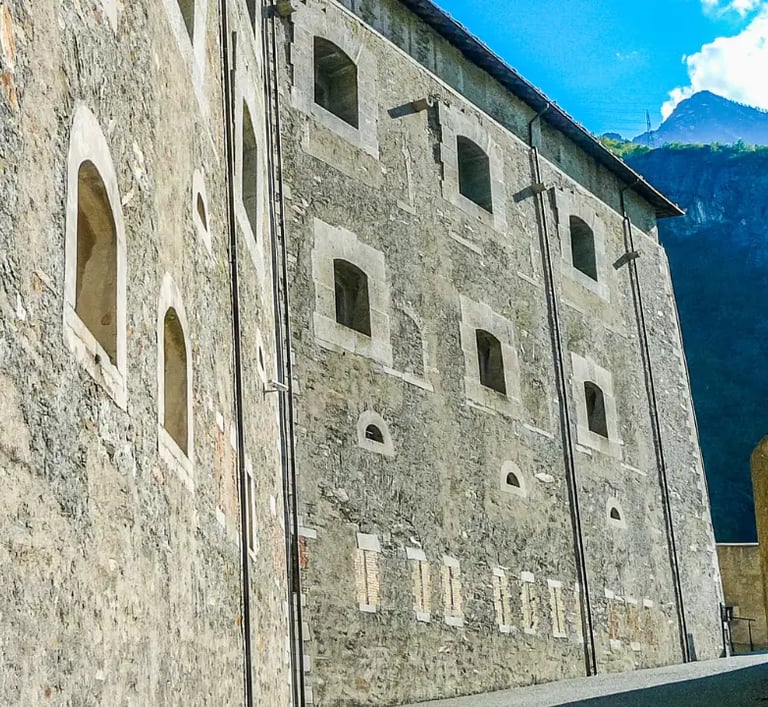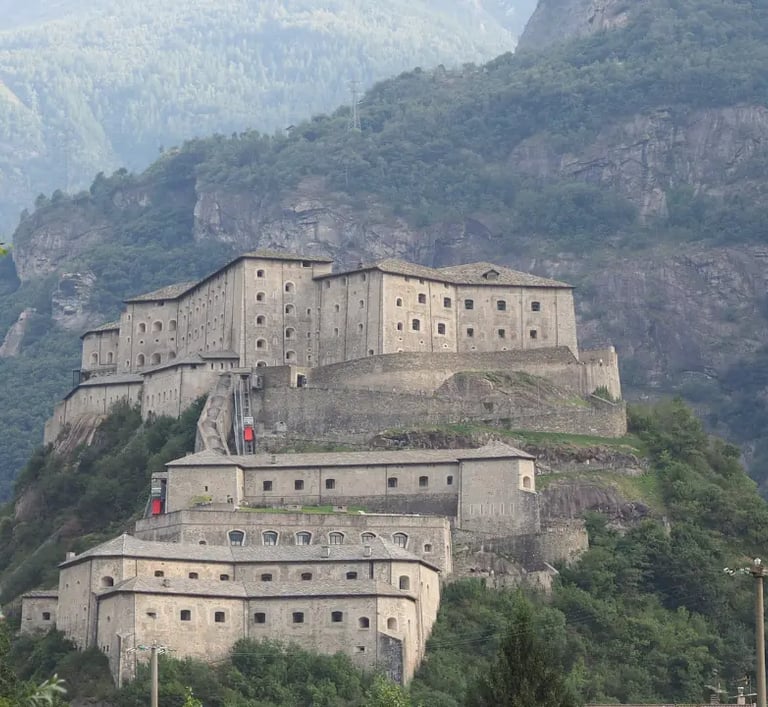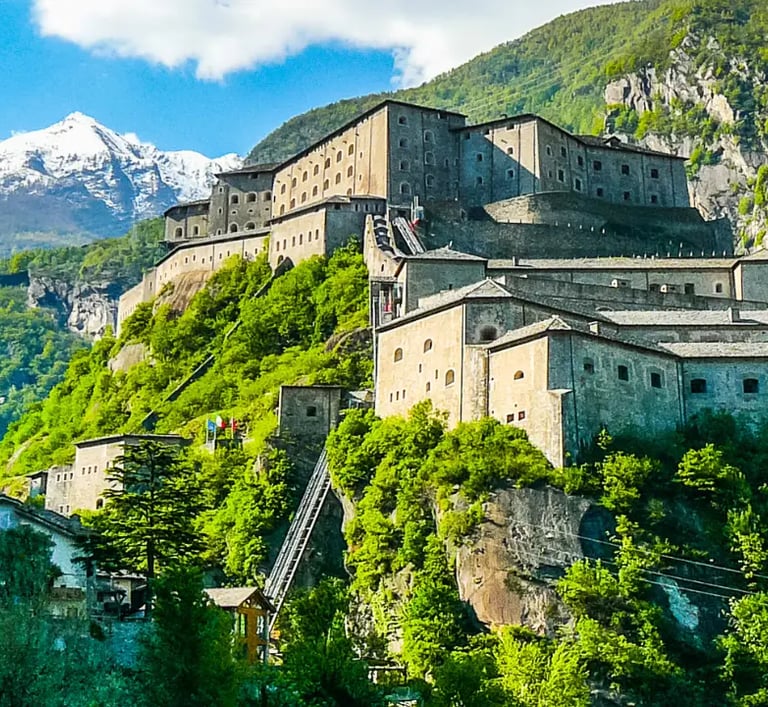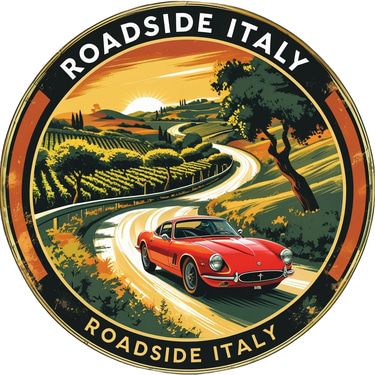Fortress of Bard: The Alpine Stronghold That Stopped Napoleon and Starred in Hollywood
Discover the Fortress of Bard in Valle d’Aosta: epic history, stunning views, local flavors, and a Hollywood movie set in the Alps.
VALLE D'AOSTA






Region: Valle d’Aosta
Province / Nearest City: Aosta (circa 40 km)
Attraction Name: Bard and its Fortress
Address: Forte di Bard, Via Vittorio Emanuele II, 85, 11020 Bard (AO)
Distance from Major City: About 70 km from Turin (1 h by car)
How to Get There:
By car: Take the A5 motorway towards Aosta, exit at Pont-Saint-Martin, then follow signs for Bard (10 min).
By public transport: From Turin or Milan, take a train to Pont-Saint-Martin, then a local bus to Bard.
What Makes It Unique in the World:
Perched dramatically above the Dora Baltea river, Bard is not just a picturesque Alpine village—it’s a historic gateway. Its massive fortress dominates the valley, standing as both a cultural hub and a living museum. With panoramic terraces, cobbled alleys, and a cinematic aura that even Hollywood noticed (it became Hydra’s base in Avengers: Age of Ultron), Bard feels like a bridge between centuries. Few places combine raw military history, breathtaking landscapes, and modern cultural life in such a seamless way.Local Story / Fun Fact:
In 1800, Napoleon Bonaparte’s army of 40,000 men was famously stopped here by just 400 Austrian defenders. The fierce resistance lasted two weeks, earning Bard the title of “the lock of the Alps.” Even though the fortress was eventually dismantled by Napoleon, its legend endured—and today visitors can still feel the weight of that epic standoff.Best Time to Visit:
Spring (April–June) and autumn (September–October) are ideal, with colorful landscapes and pleasant weather. Winter adds a magical touch with snow-capped peaks and the fortress lit up at night, while summer offers festivals and open-air events inside the fort.Nearby Food & Stay:
Treat yourself to polenta concia (creamy polenta with melted fontina cheese), seuppa à la vapelenentse (a hearty bread and cabbage soup), or carbonada (wine-stewed beef). For a cozy overnight, Albergo Ad Gallias offers boutique charm at the foot of the fortress, while nearby agriturismi serve up rustic flavors with mountain views.
